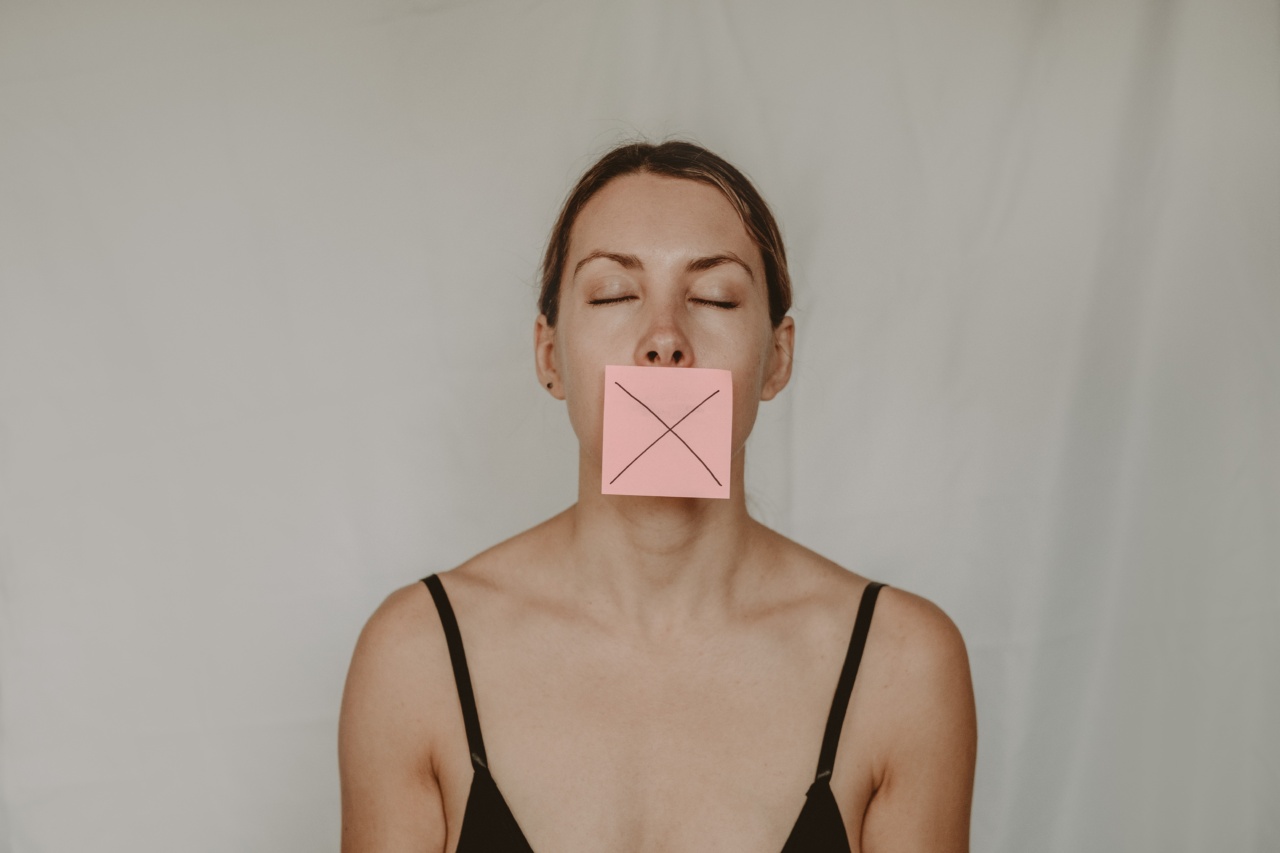Diplopia, commonly known as double vision, is a debilitating condition that affects millions of people worldwide. It occurs when a person sees two images of a single object either horizontally, vertically, or diagonally.
This visual impairment is not only disorienting but also poses significant risks to a person’s safety and quality of life. In this article, we will delve into the causes, symptoms, and available treatments for diplopia, shedding light on this silent danger.
Understanding Diplopia
Diplopia can be classified into two main types: monocular and binocular.
Monocular Diplopia
Monocular diplopia, also known as ghosting, is experienced in one eye only. This type of double vision can be caused by various eye conditions, such as astigmatism, cataracts, corneal irregularities, or problems with the retina.
When one eye is affected, the brain receives two different images, resulting in blurry and doubled vision.
Binocular Diplopia
Binocular diplopia, on the other hand, affects both eyes and is the more common form of double vision. It occurs when the eyes are misaligned and don’t focus on the same point in space simultaneously.
The misalignment can be due to muscle weaknesses or imbalances, nerve damage, or certain health conditions like diabetes, multiple sclerosis, or thyroid disorders.
Unmasking the Symptoms
The symptoms of diplopia can vary depending on the underlying cause and type of double vision. Some individuals may experience constant double vision, while others may notice it only when looking in specific directions or performing specific tasks.
Common symptoms associated with diplopia include:
- Seeing a duplicate image of objects
- Blurred vision
- Eyestrain
- Tilting or tilting the head to see better
- Headaches
- Difficulty reading or concentrating
- Loss of depth perception
Diagnosing the Culprit
When experiencing double vision, it is crucial to seek prompt medical attention. A comprehensive eye examination will be conducted by an optometrist or ophthalmologist to determine the cause of the diplopia. The examination may include:.
- Visual acuity tests to measure how well each eye sees
- Eye alignment assessment
- Refraction test to check for refractive errors
- Retinal examination
- Muscle function evaluation
- Neurological assessment
Unveiling the Treatment Options
The treatment of diplopia depends on the underlying cause and severity of the condition. Some common treatment strategies include:.
1. Corrective Lenses
In many cases, monocular diplopia can be effectively managed with prescription glasses or contact lenses. These corrective lenses help to counteract refractive errors and provide a clearer, single image.
2. Prism Lenses
Prism lenses are often prescribed for individuals with binocular diplopia. These specialized lenses bend light, aligning the two images perceived by the eyes.
By redirecting the light, prism lenses allow the eyes to merge the images into a single, cohesive picture.
3. Eye Muscle Exercises
In cases where diplopia arises from muscle weaknesses or imbalances, eye muscle exercises may be prescribed. These exercises aim to strengthen the affected eye muscles, helping the eyes to work together more effectively and reducing double vision.
4. Patching
In selected cases, patching one eye may be recommended to temporarily relieve the double vision. By covering one eye, the brain relies solely on the input from the stronger eye, minimizing the conflicting signals that lead to double vision.
5. Medications and Surgery
If diplopia stems from an underlying health condition or nerve damage, medications or surgical interventions may be necessary.
Medications can help manage the cause of double vision, while surgery may be employed to correct misalignments or address muscle weaknesses.
Danger Disguised: The Impact of Diplopia on Daily Life
Living with diplopia can significantly impact one’s daily life and overall well-being. Simple tasks such as reading, driving, or even walking can become hazardous and intricate.
The constant need to tilt or rotate the head to achieve a clearer vision may result in musculoskeletal strain and chronic headaches. Moreover, diplopia can hinder social interactions and lead to anxiety, depression, and decreased productivity.
Seeking Relief: Coping Strategies for Diplopia
To help cope with the challenges posed by diplopia, individuals can adopt certain strategies:.
- Use proper lighting: Adequate lighting can enhance visual clarity and reduce strain on the eyes.
- Minimize screen time: Taking regular breaks and adjusting screen settings can alleviate eye fatigue.
- Wear an eye patch: When engaging in activities that require focused vision, wearing an eye patch on the affected eye may reduce double vision.
- Make environmental modifications: Arranging furniture and objects in a clutter-free environment can reduce the risk of accidents due to impaired depth perception.
Preventing Diplopia: A Call for Eye Health
While not all cases of diplopia can be prevented, maintaining good eye health can minimize the risk of developing this condition. Here are some essential tips for preventing diplopia:.
- Practice regular eye exercises to keep the eye muscles strong and flexible.
- Ensure proper lighting and minimize exposure to harsh lights or glare.
- Visit an optometrist regularly to monitor and treat any refractive errors or eye conditions that could lead to double vision.
Conclusion
Diplopia, the silent danger, robs individuals of their visual clarity and poses numerous challenges in daily life.
Whether caused by eye conditions, misaligned muscles, or underlying health conditions, diplopia warrants immediate attention and appropriate treatment. Understanding the symptoms, seeking timely diagnosis, and exploring treatment options can help unmask the dangers associated with diplopia and pave the way towards clearer vision and enhanced quality of life.




























